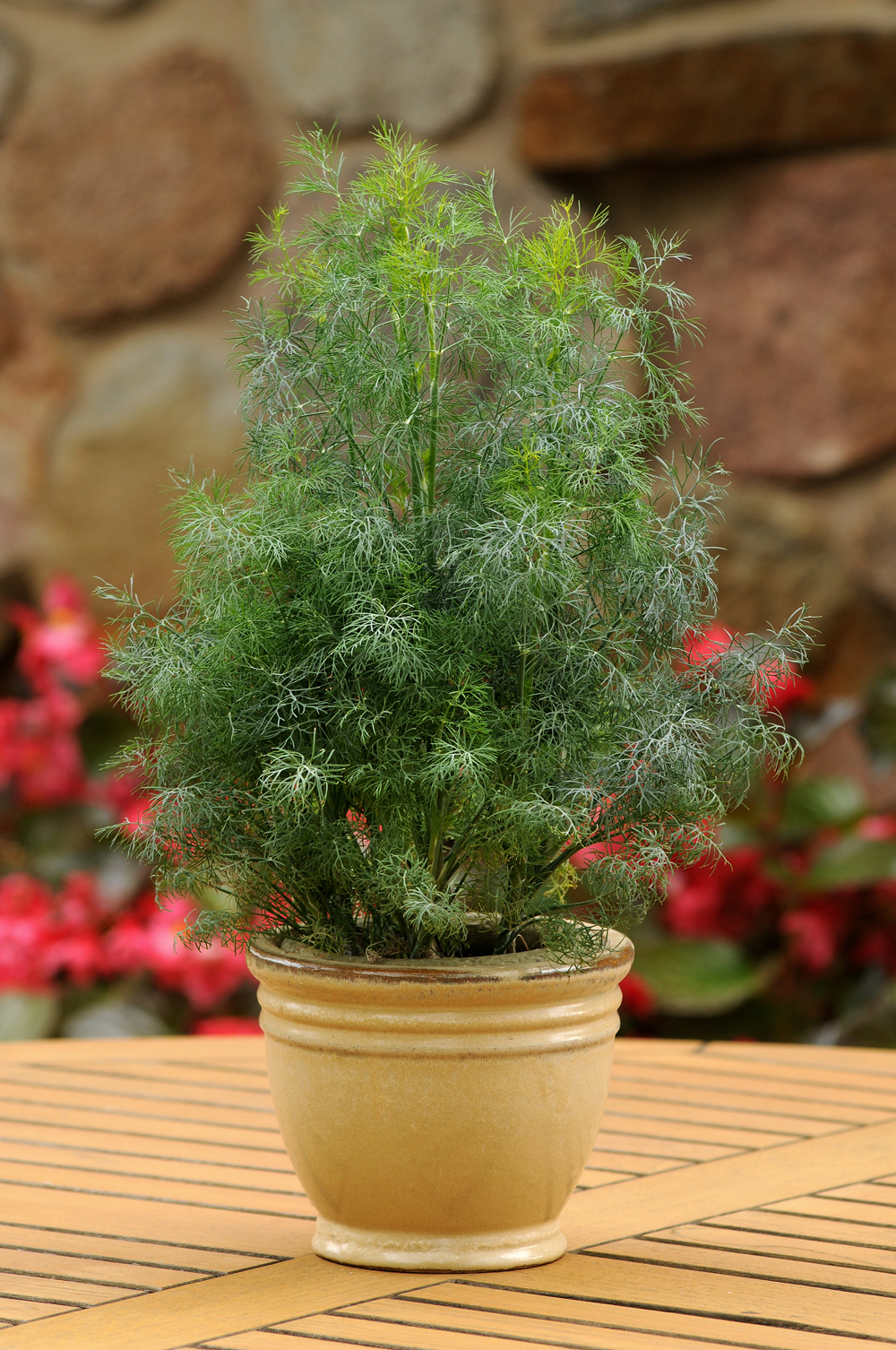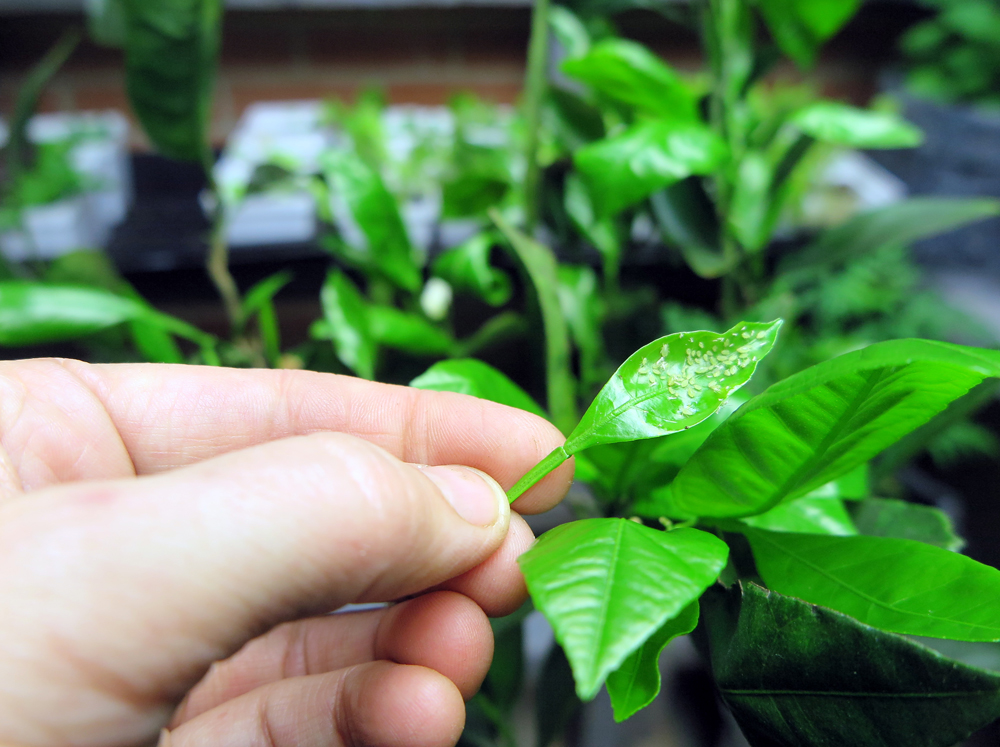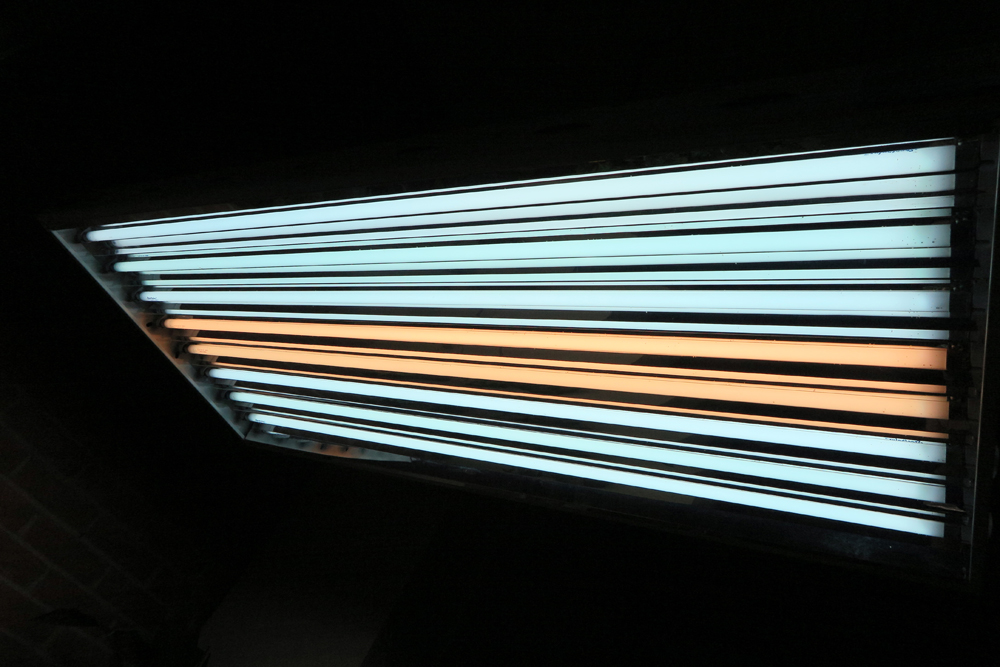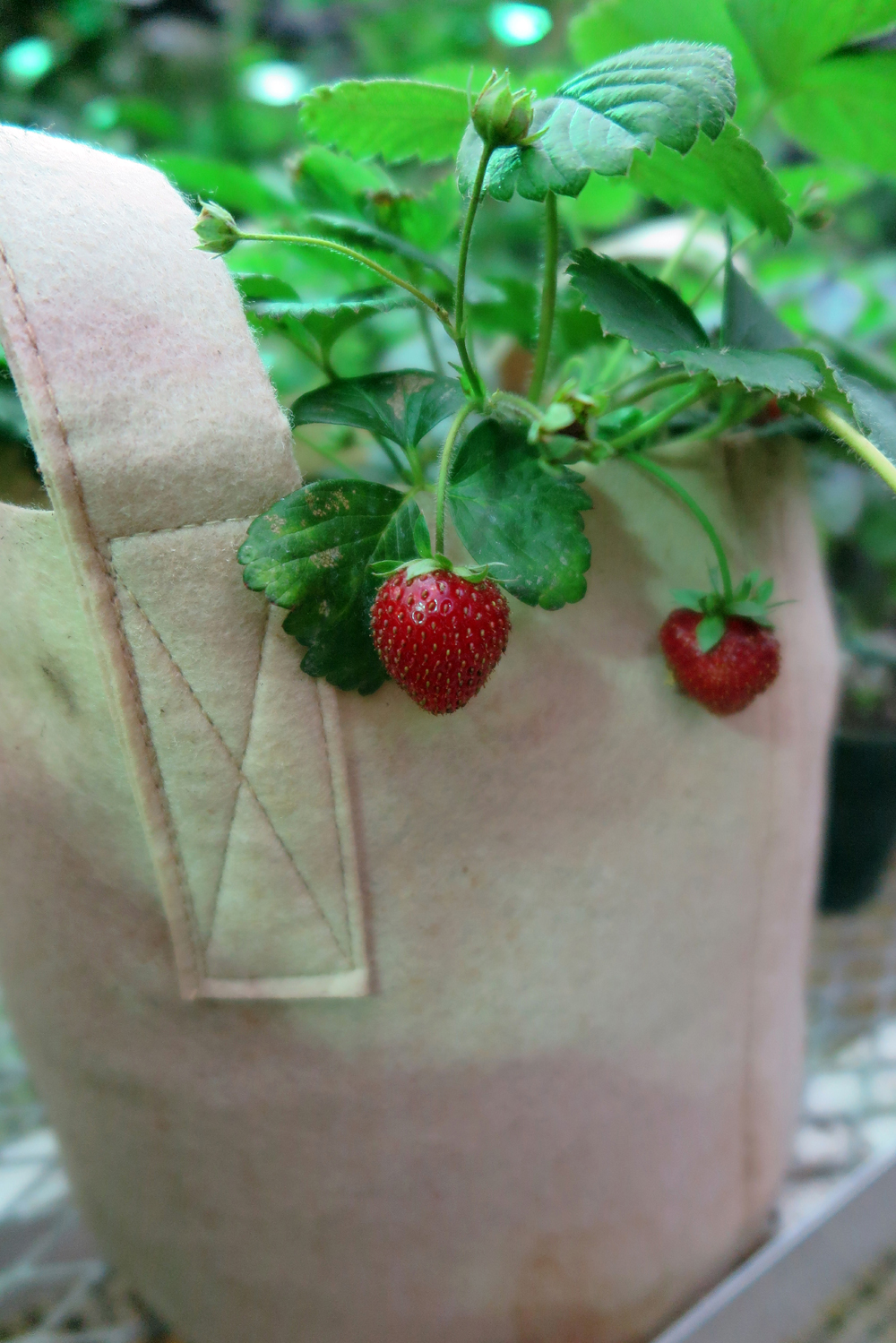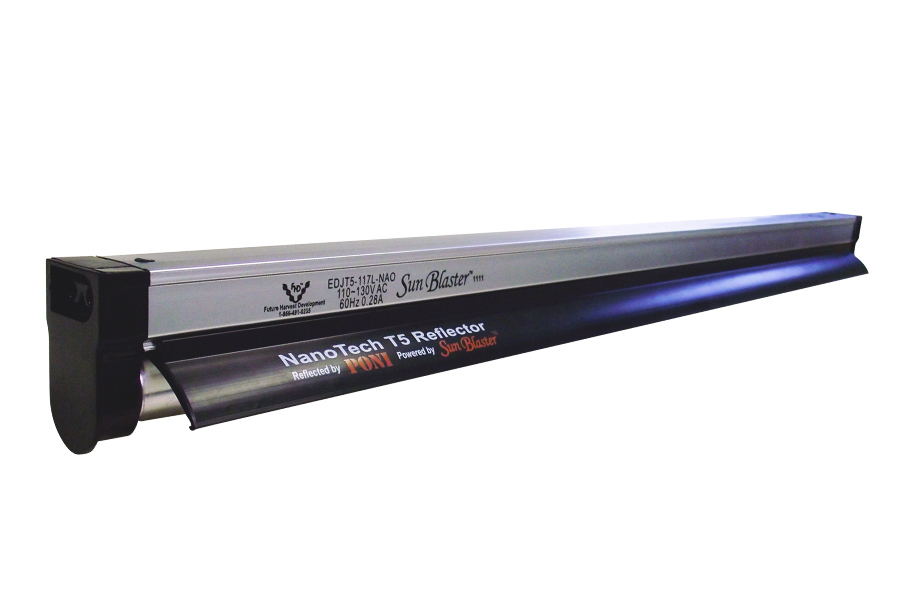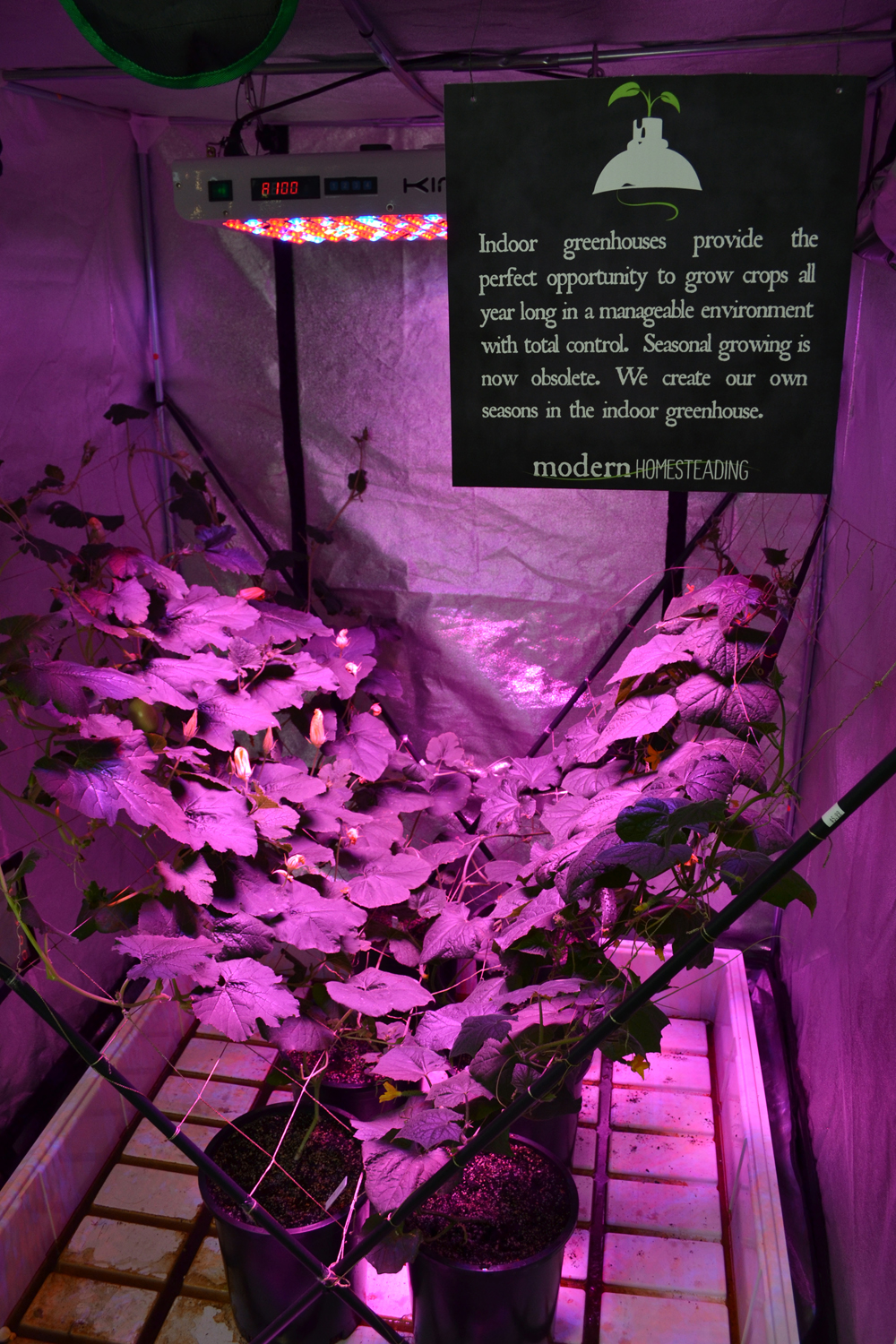What are HPS Grow Lamps?
January 26, 2019
HPS lamps were the most common type of plant lighting in greenhouse growing operations until LEDs gained popularity. They are used primarily for supplemental lighting where natural sunlight (more blue light) is also present, such as in a glass or poly greenhouse. HPS lamps are also used to extend photoperiod.
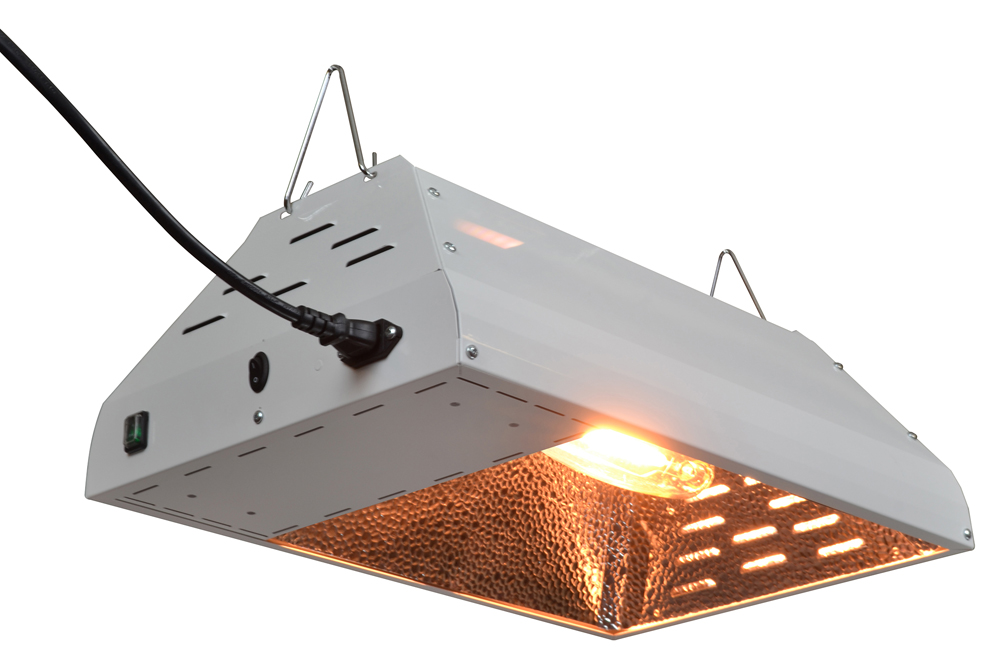
An HPS lamp produces warm-colored light.
PC: Sunlight Supply, Inc.
Their light spectrum is heavily weighted to yellow, orange, and red, with only very small amounts of blue light, which is why they are used for supplementing ambient natural daylight.

